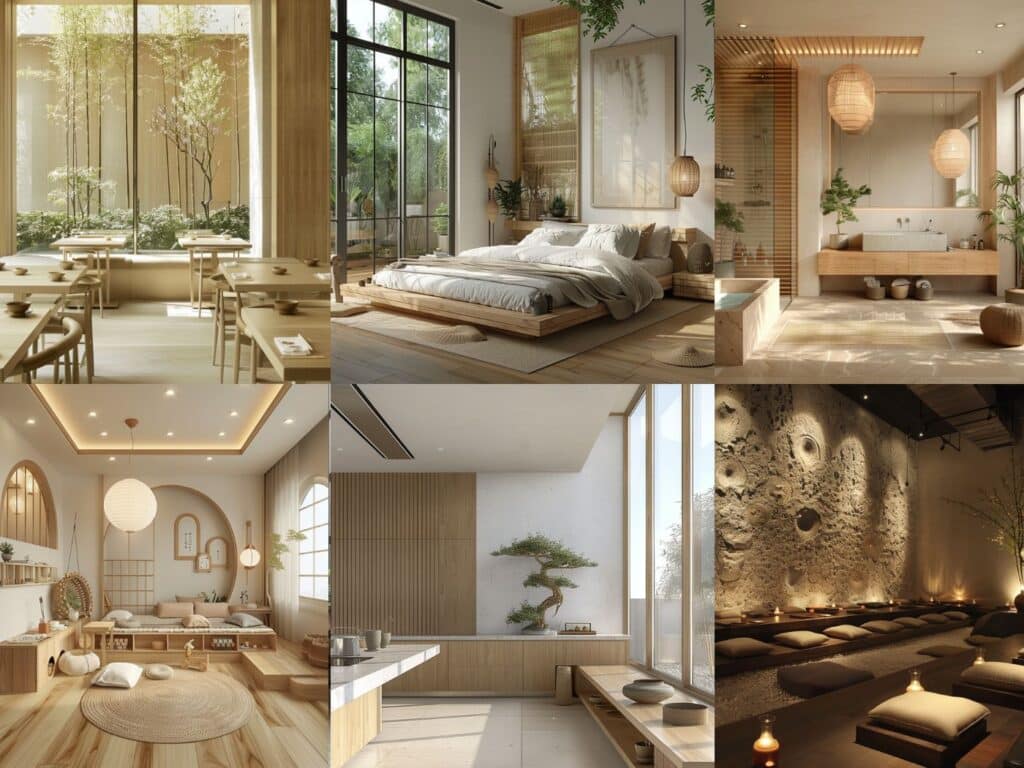In today’s fast-paced world, finding tranquility in your own home can feel like an elusive dream. You crave a space where you can unwind and escape the daily chaos, but clutter and distractions seem to follow you everywhere. That’s where Zen interior design comes in—a minimalist approach that transforms your living space into a serene sanctuary.
By embracing simplicity and natural elements, Zen design helps you create a harmonious environment that promotes peace and mindfulness. Imagine walking into a room filled with soft light, clean lines, and soothing colors; it’s not just visually appealing but also emotionally restorative. Ready to turn your home into a haven of calm? Let’s explore how Zen interior design can help you achieve that perfect balance between beauty and tranquility.
21 Zen Interior Design Ideas And Styles
#1. Zen Restaurant
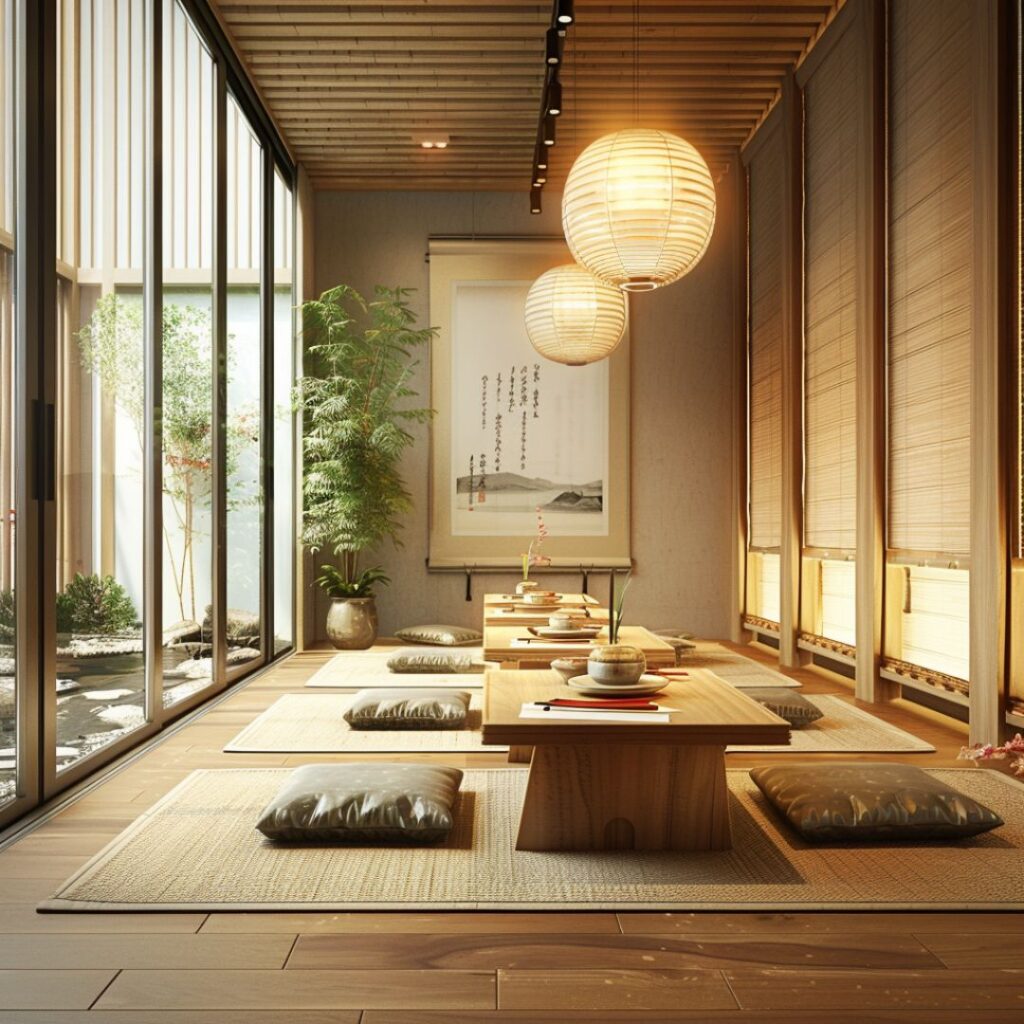
#2. Zen Restaurant View
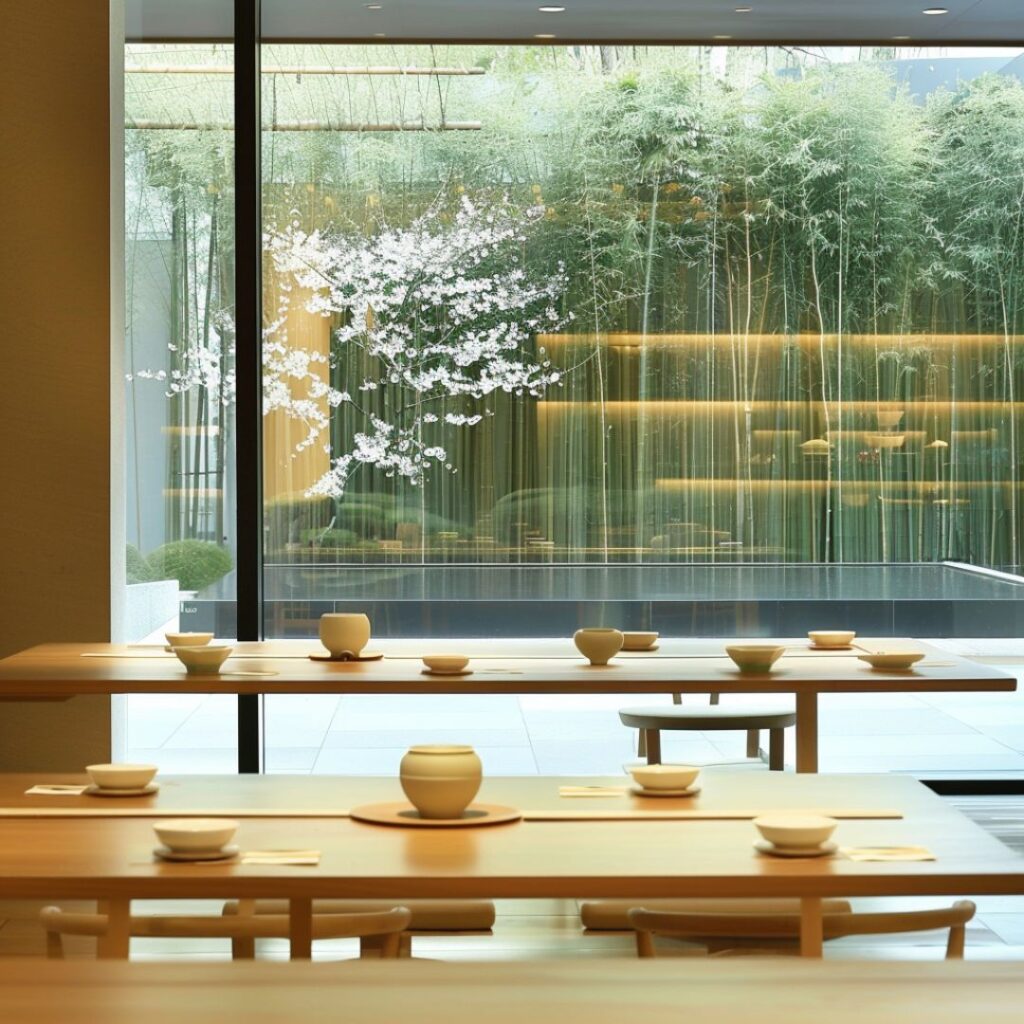
#3. Zen Restaurant Tables
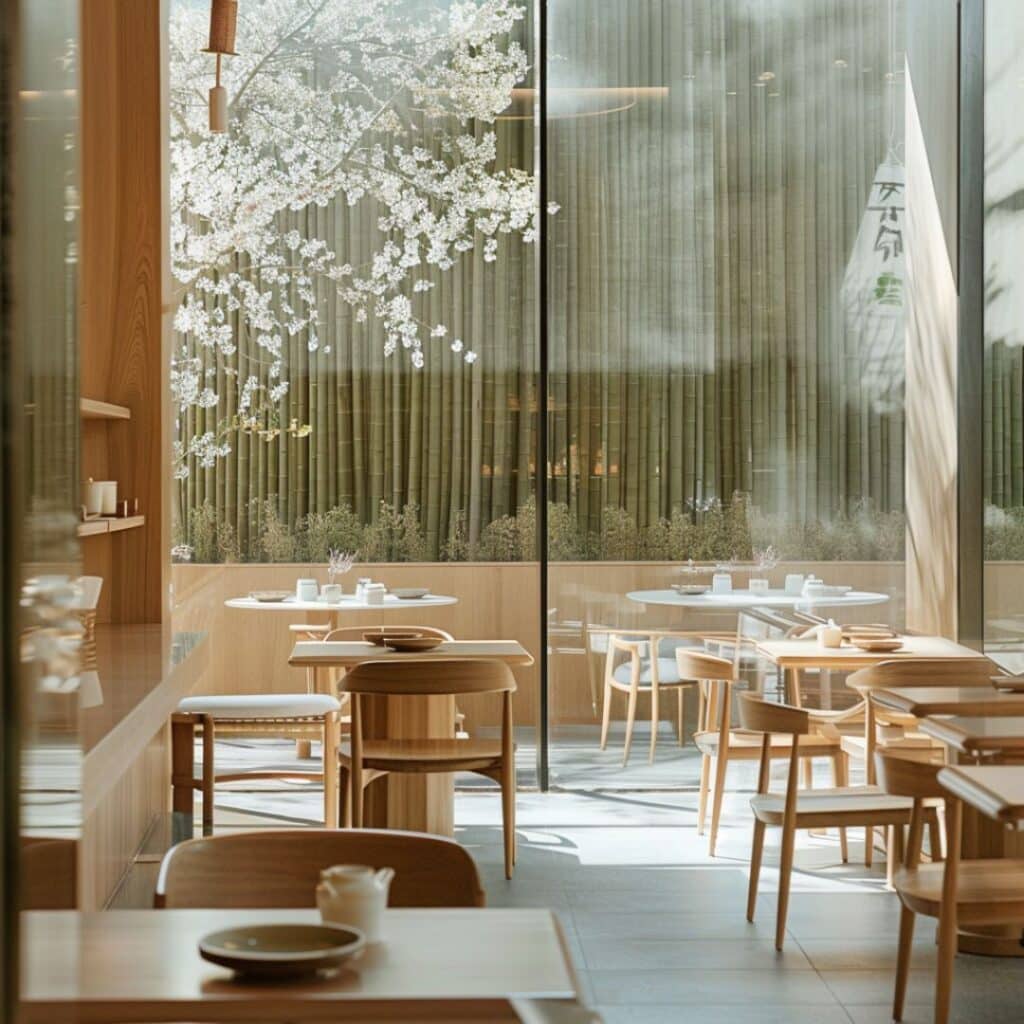
#4. Zen Restaurant Space
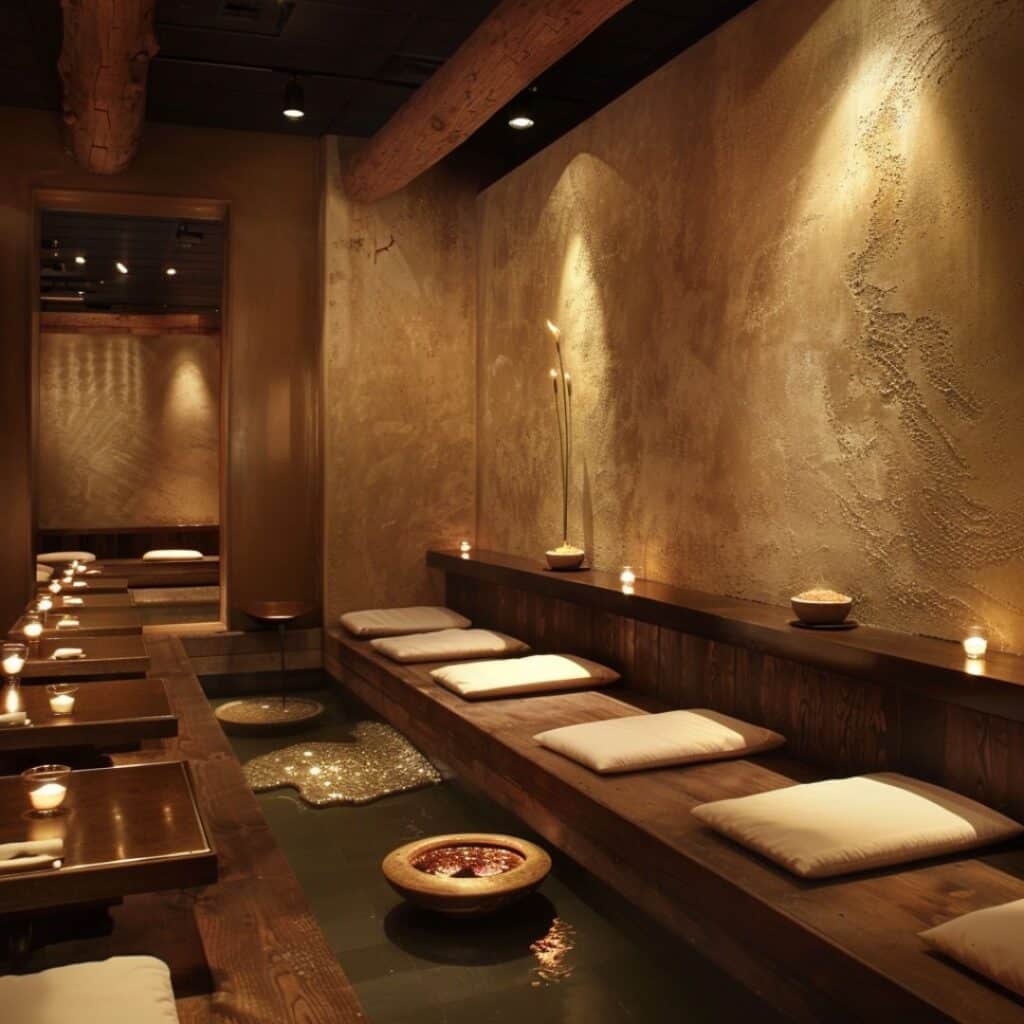
#5. Zen Restaurant Interior Design
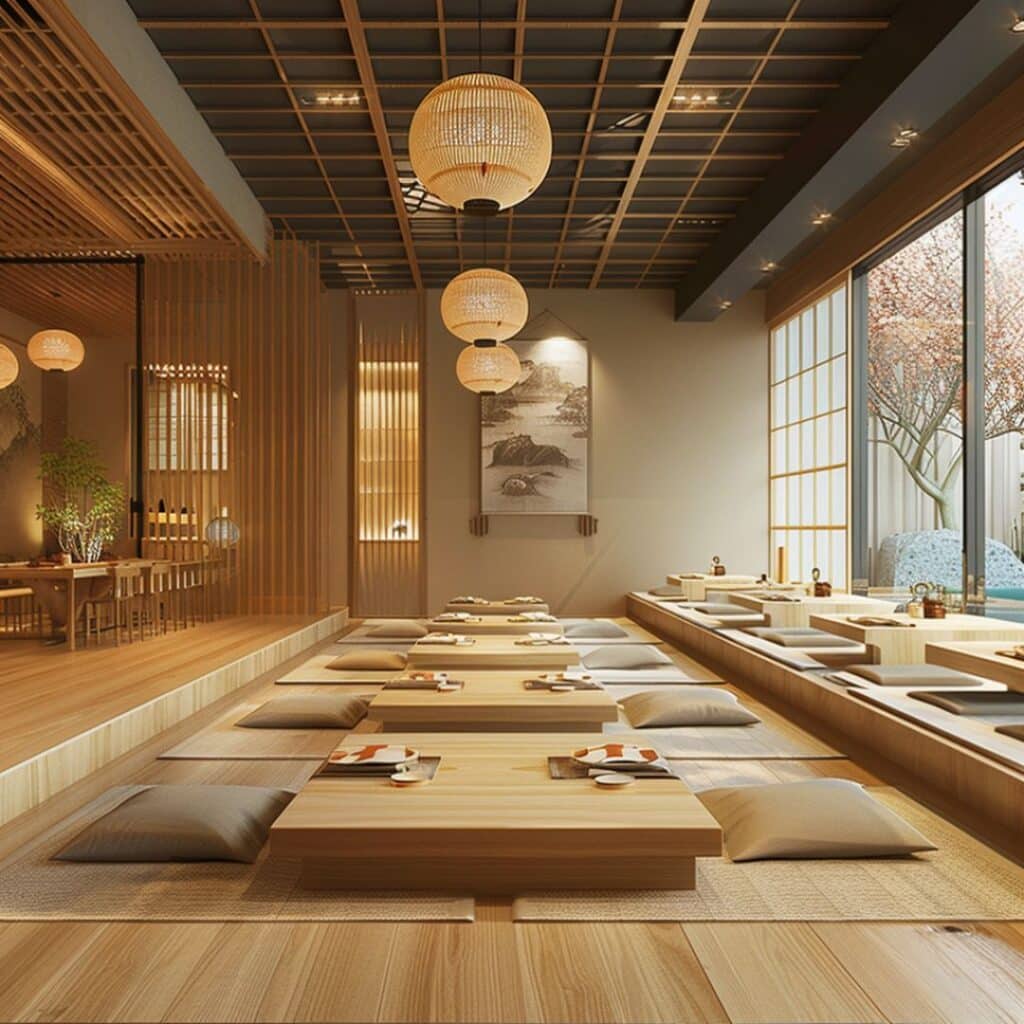
#6. Zen Restaurant Ideas

#7. Zen Restaurant Design
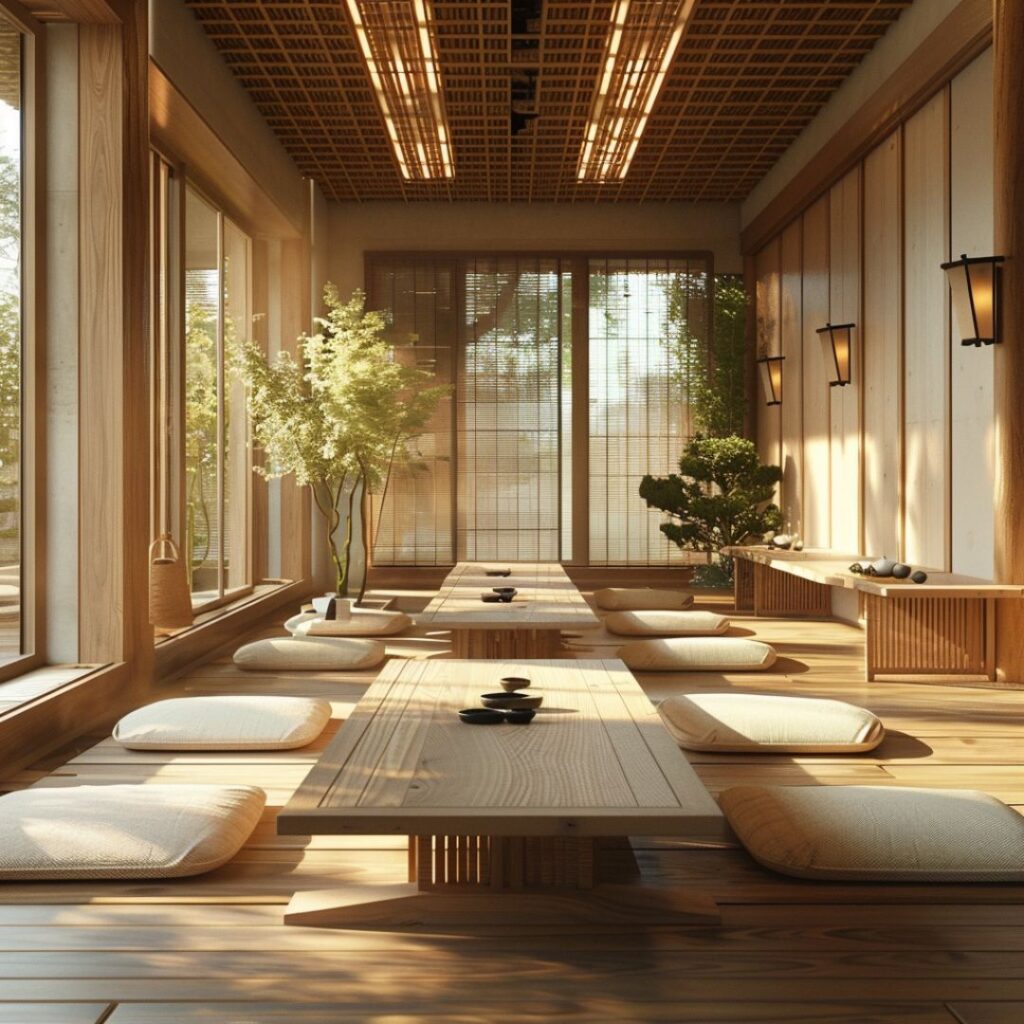
#8. Zen Restaurant Decorations
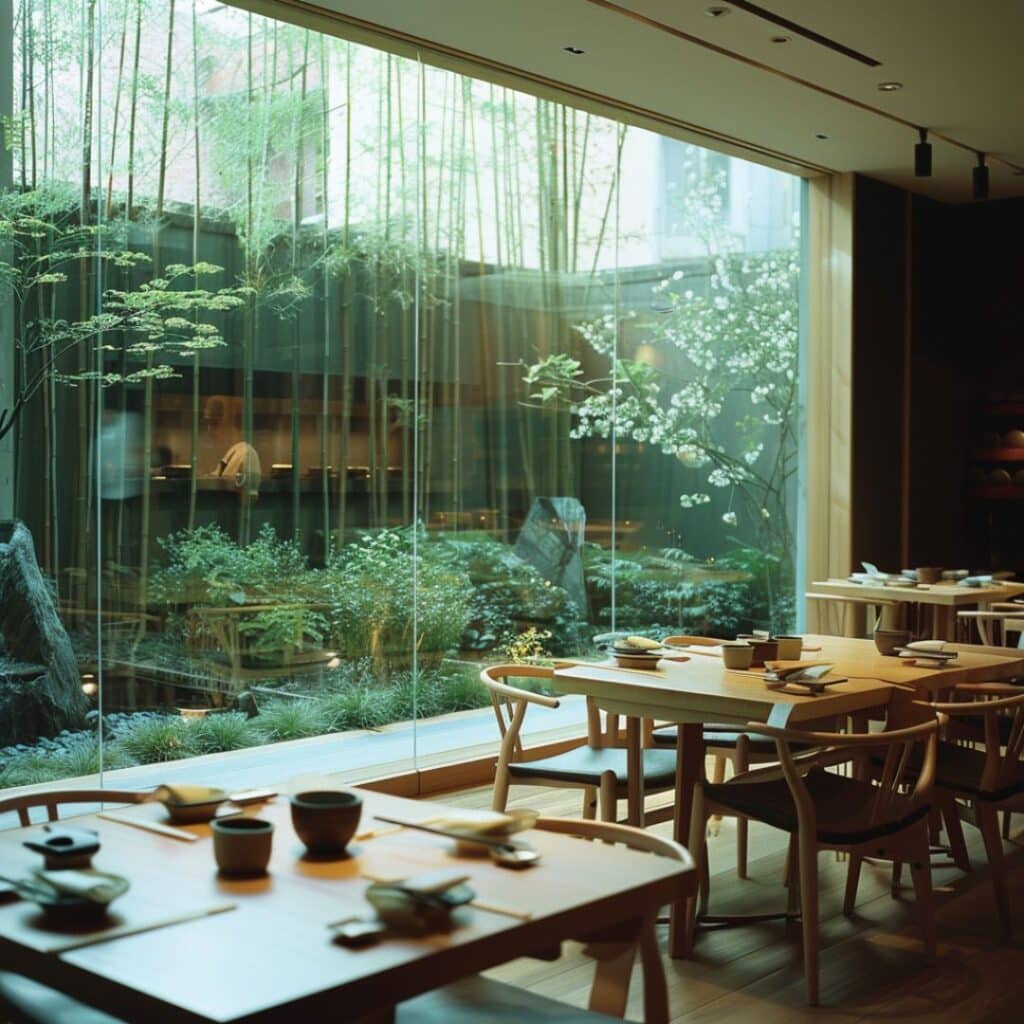
#9. Zen Restaurant Decor

#10. Zen Living Room Interior Idea
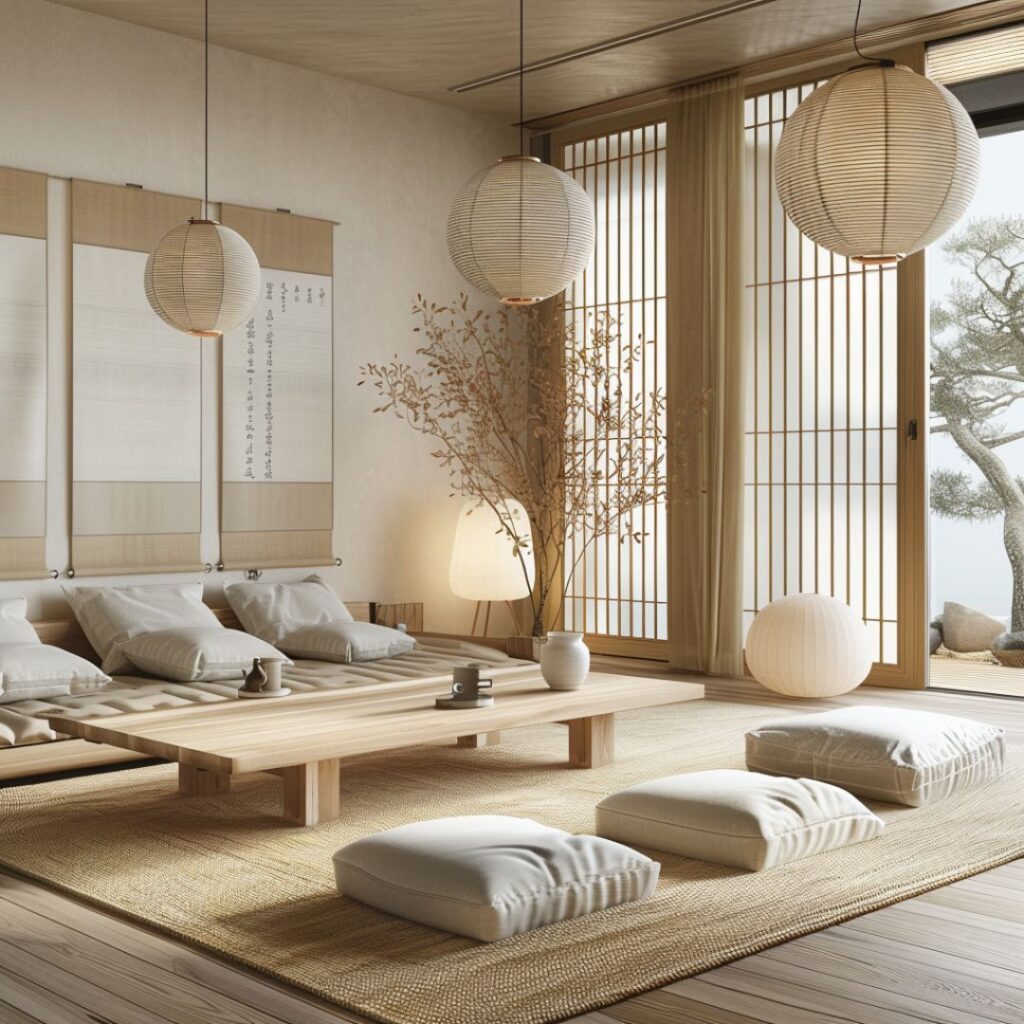
#11. Zen Living Room Interior Design

#12. Zen Kitchen Interior Idea

#13. Zen Kitchen Interior Design
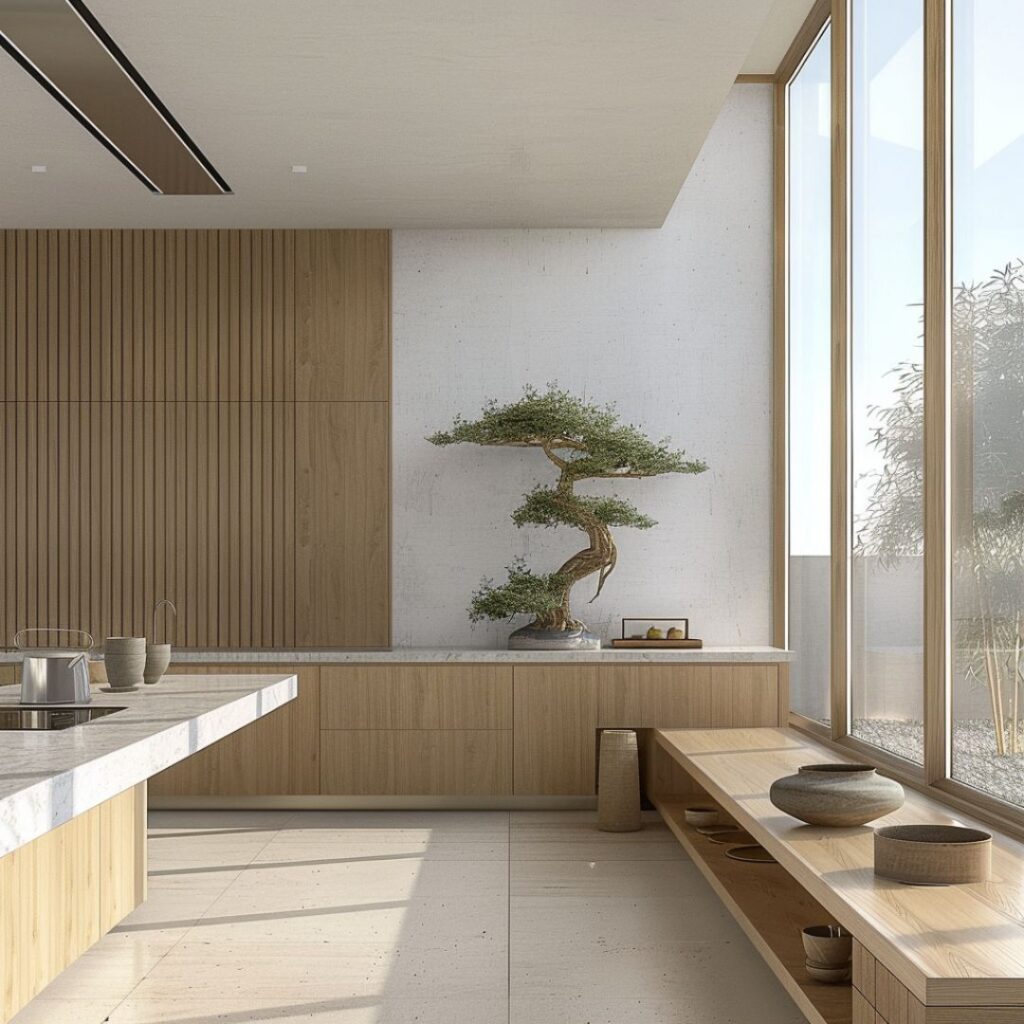
#14. Zen Kid’s Room Interior Idea
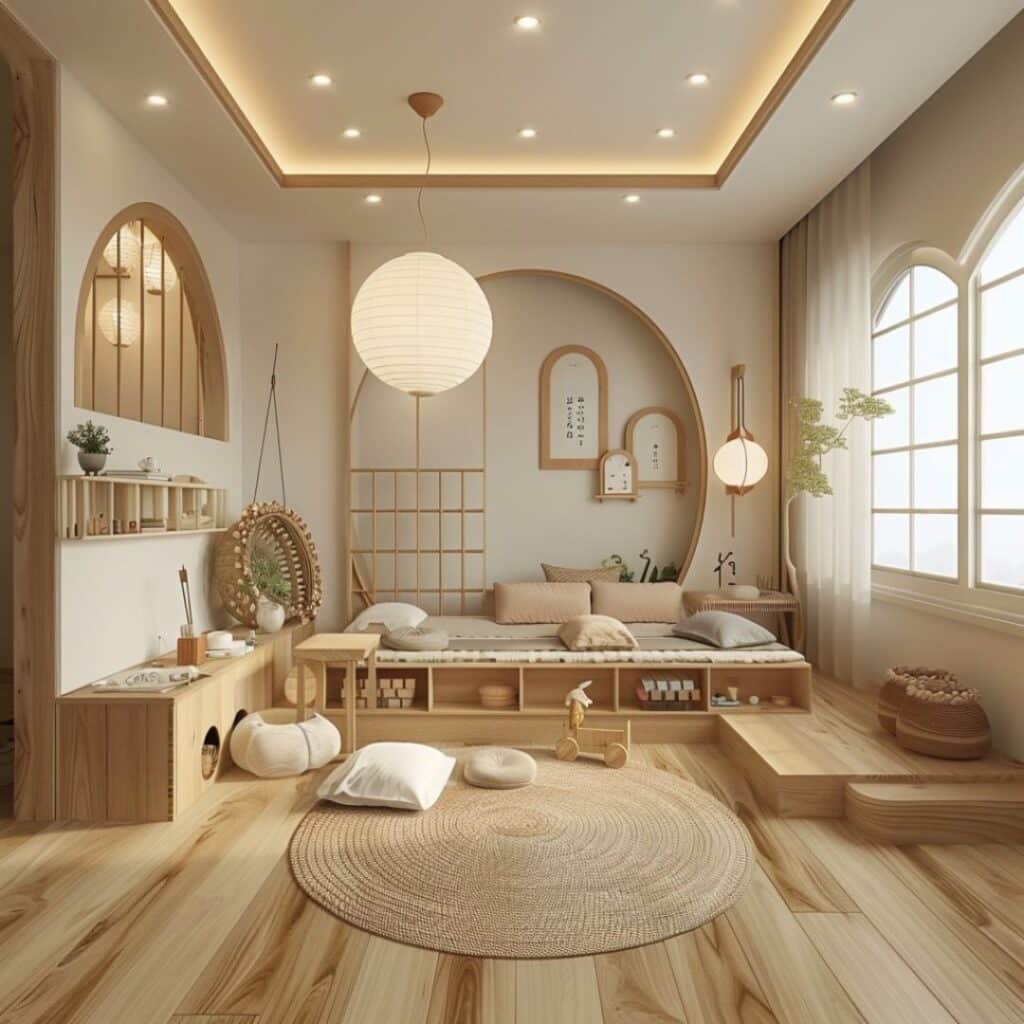
#15. Zen Bedroom Interior Idea
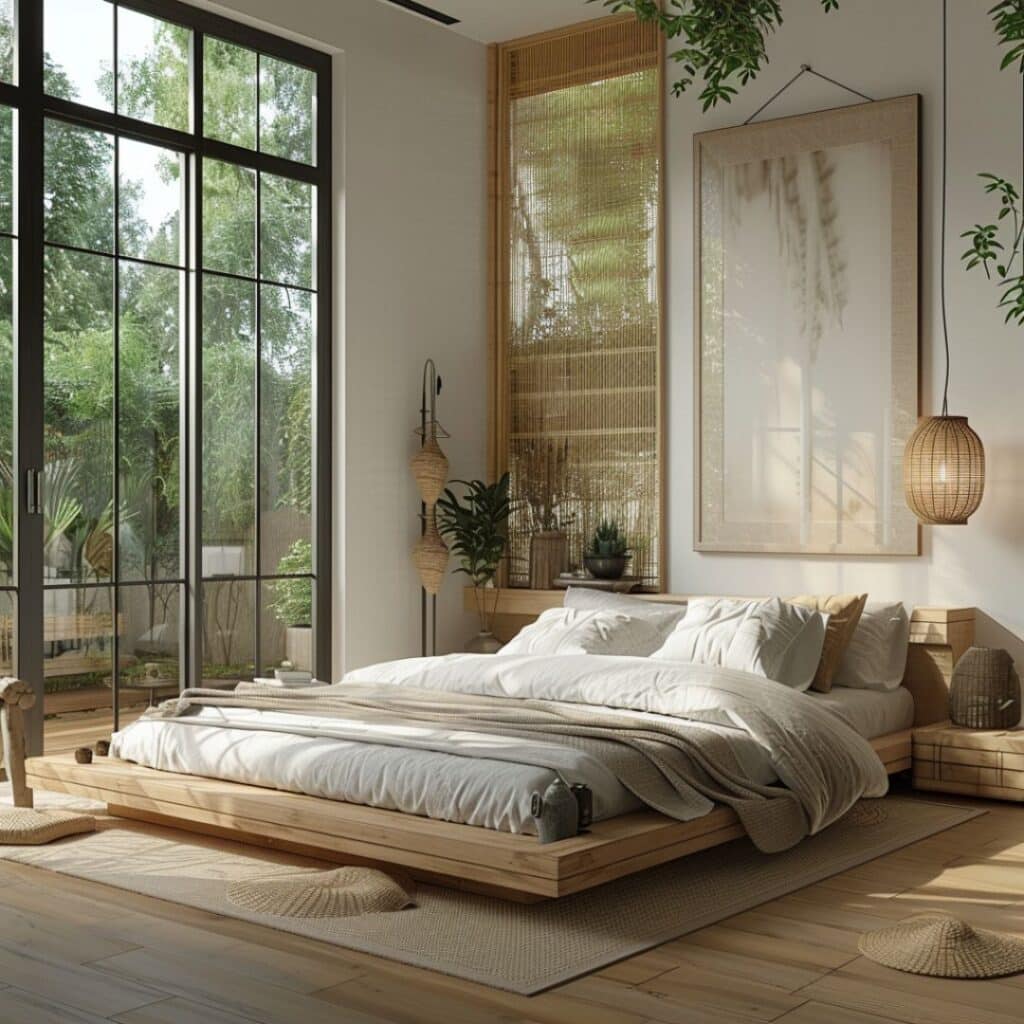
#16. Zen Bedroom Interior Design
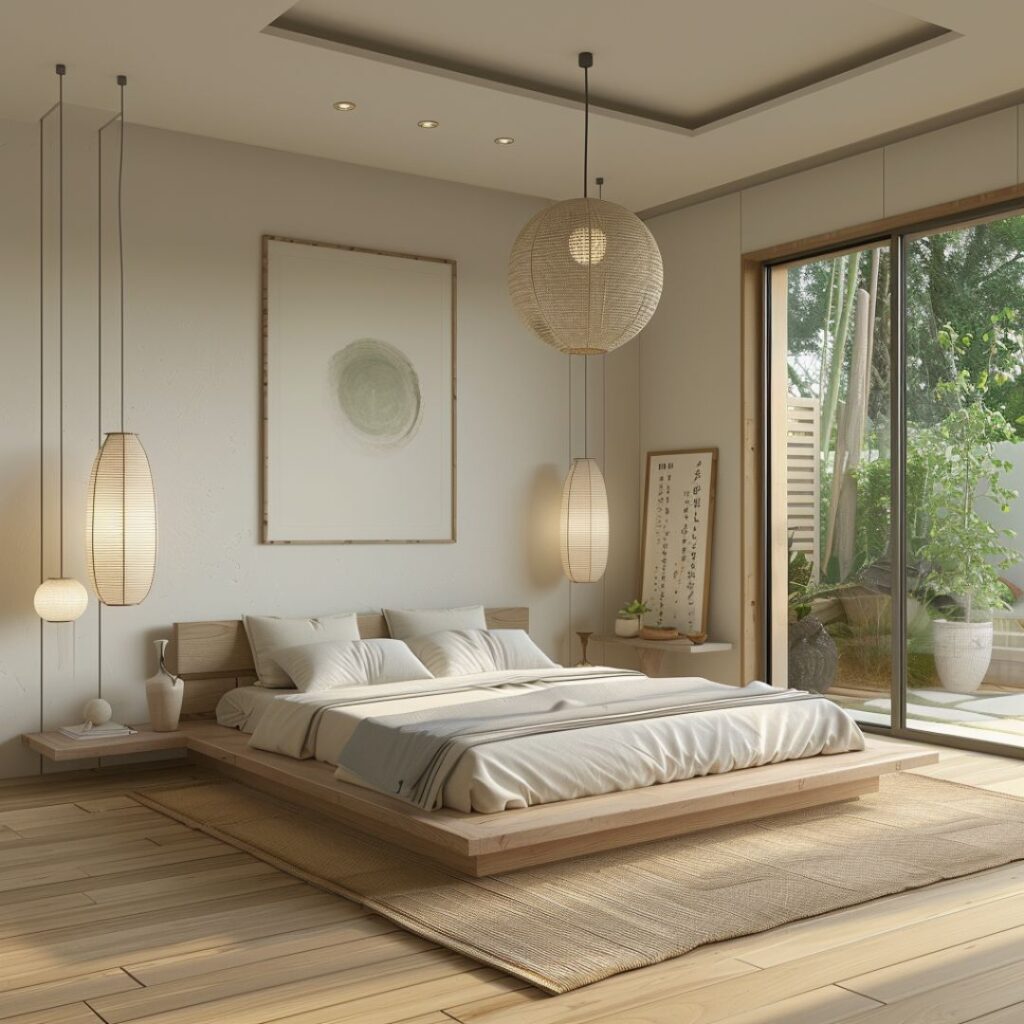
#17. Zen Bedroom Idea
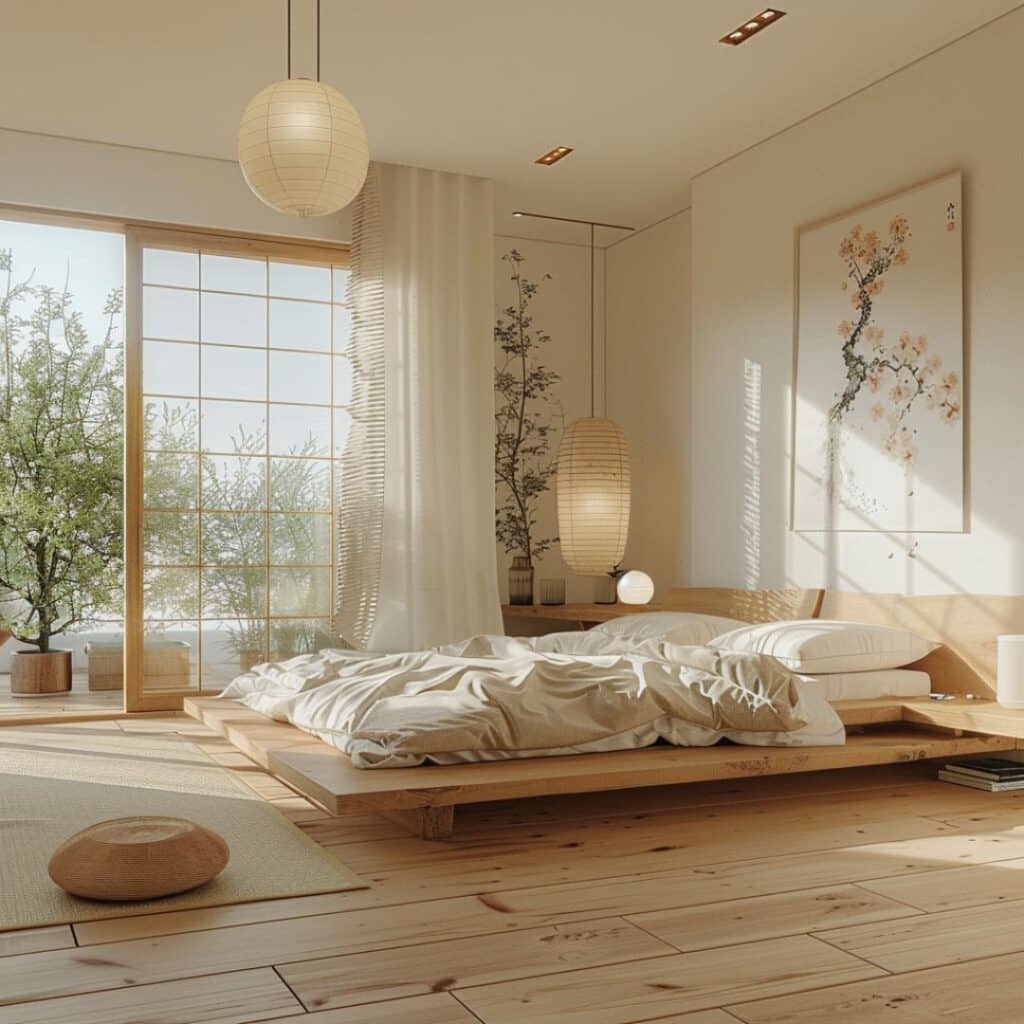
#18. Zen Bathroom Interior Idea
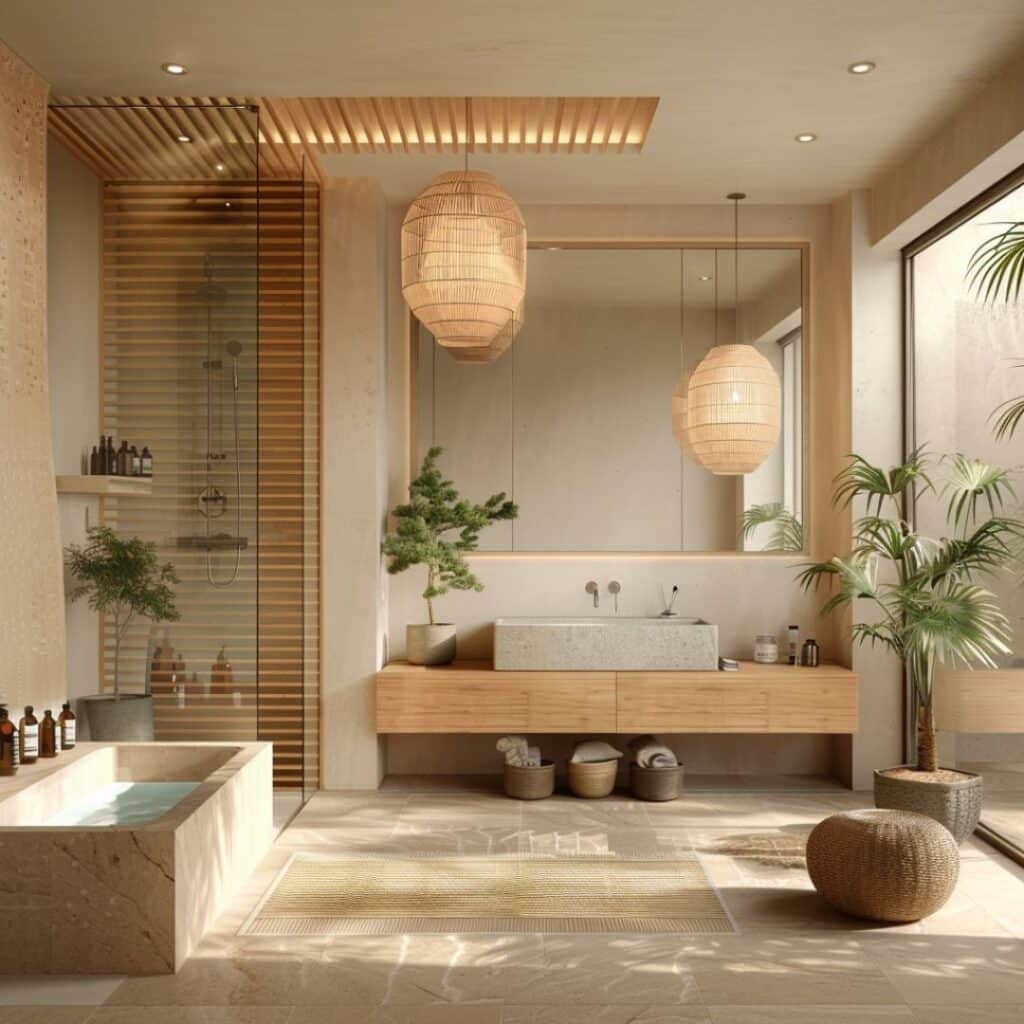
#19. Zen Bathroom Interior Design

#20. Zen Bathroom Idea

#21. Zen Restaurant Style
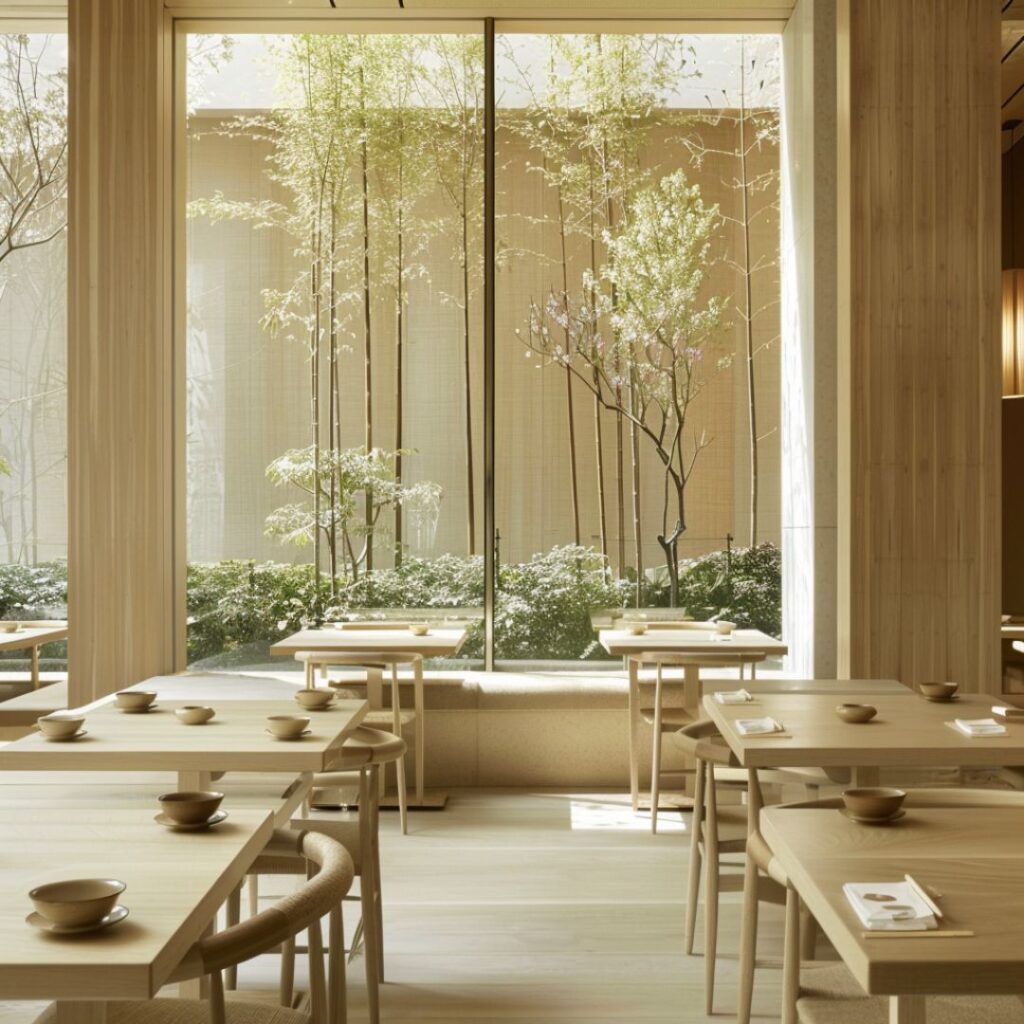
What Is Zen Interior Design?
Zen interior design promotes peace and mindfulness through simplicity and natural elements. By focusing on clean lines and soothing colors, it creates a tranquil sanctuary.
Origins and Philosophy
Zen design draws from Japanese Zen Buddhism. It emphasizes minimalism to foster inner calm. The philosophy values harmony, balance, and natural beauty in living spaces.
Key Elements of Zen Design
Simplicity: Clean lines define the space without clutter. This approach reduces distractions.
Natural Materials: Wood, stone, and bamboo add texture while connecting you with nature.
Neutral Colors: Shades like beige, soft whites, and greens create a calming environment.
Light: Soft lighting enhances tranquility. Natural light is preferred for its warmth.
Open Spaces: An uncluttered layout fosters relaxation. Open floor plans promote easy movement.
Each element works together to create a serene atmosphere, making your home a peaceful retreat.
Benefits of Embracing Zen Interior Design
Zen interior design brings multiple benefits to your living space, enhancing both mental well-being and visual appeal. By integrating simplicity with natural elements, it creates a tranquil atmosphere conducive to relaxation.
Enhanced Relaxation and Calm
Zen design fosters a serene environment by using clean lines and soft lighting. Natural materials like wood and stone contribute to a grounding effect. Neutral colors such as beige and soft whites promote a sense of calmness, reducing stress levels.
Improved Aesthetic Appeal
Incorporating Zen principles can elevate the aesthetic value of your home. Minimalist interior design emphasizes harmony, allowing each piece to stand out without overwhelming the senses. Open spaces facilitate easy movement, making rooms appear larger and more inviting.
By embracing Zen interior design, you not only create a peaceful sanctuary but also enhance the overall beauty of your home through thoughtful simplicity and balance.
Applying Zen Principles to Different Spaces
Applying Zen principles can transform various home spaces into serene retreats. Each area benefits from simplicity, natural elements, and mindful design.
Living Room Design
In the living room, focus on minimal furniture. Use low-profile sofas and simple coffee tables. Select neutral colors like beige or light gray for walls and furnishings. Incorporate natural materials such as wood and stone. Add soft lighting through floor lamps or lanterns to create a calming atmosphere.
Bedroom Design
Design your bedroom with relaxation in mind. Opt for a low platform bed with clean lines. Choose bedding in soft, neutral tones like white or cream. Introduce natural textures with wooden nightstands or bamboo rugs. Keep decor minimal; perhaps a single piece of art on the wall.
Kitchen Design
Create a functional yet peaceful kitchen space. Utilize open shelving made of wood for an airy feel. Stick to simple cabinetry in muted colors such as sage green or light brown. Integrate stainless steel appliances for a sleek look without cluttering visual space.
By integrating these principles into different areas of your home, you cultivate tranquility and balance throughout your living environment.
Design Tips and Techniques
Color Scheme and Natural Materials
Focus on neutral tones like beige, white, and gray. These colors create a calm atmosphere. Use natural materials such as wood, bamboo, and stone for furniture and decor, echoing the simplicity often seen in Transitional interior design.
Incorporate plants to bring nature indoors. Choose varieties that thrive in low light to maintain simplicity.
Decluttering and Minimalism
Adopt minimalism by keeping spaces open and free from unnecessary items. This promotes relaxation.
Store essentials in hidden compartments or sleek storage units to maintain clean lines. Opt for multifunctional furniture pieces to maximize utility without cluttering the space.

